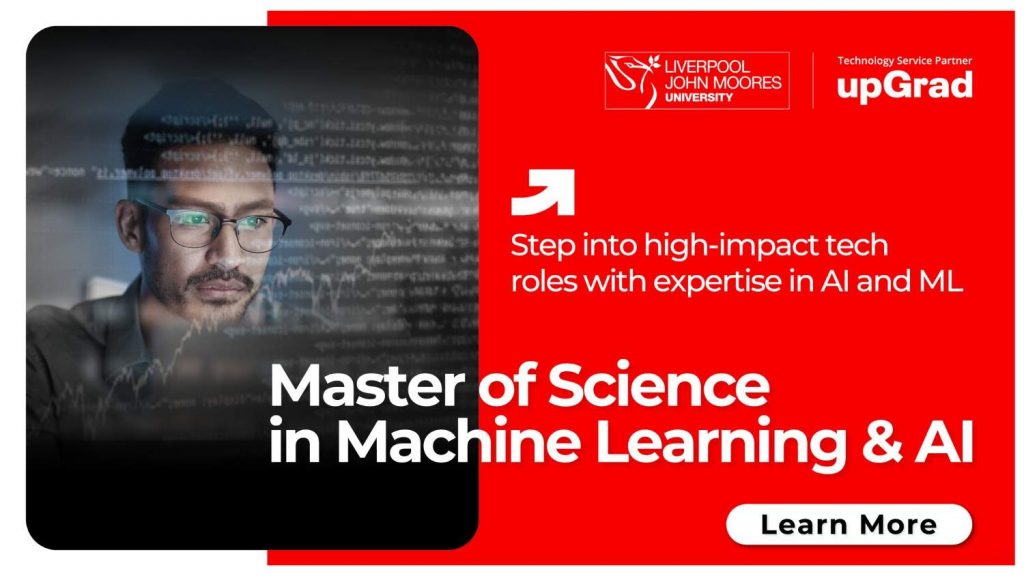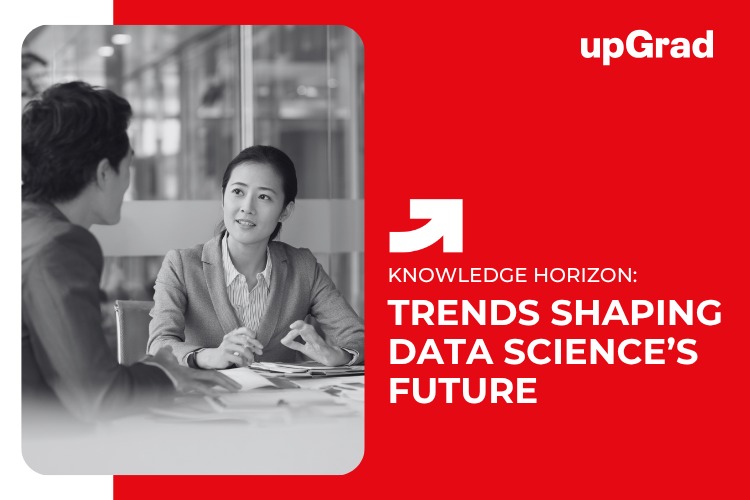As data continues to grow rapidly in amount and complexity across different fields, the future of data science is promising yet challenging. Data scientists can gain more value from emerging technologies and methods. However, this also means they must improve their skills to effectively use these new tools and approaches. This article looks at major upcoming developments in data science and offers advice on how professionals can get ready for these exciting new opportunities.
Emerging Trends Reshaping Data Science
Leveraging AI and ML
A major data science advancement is using AI and machine learning to automate tasks and get insights quicker. This lets data scientists concentrate on higher-value work.
Specific trends include:
- AutoML: Automated ML tools will empower citizen data scientists and make experienced data scientists more productive by automatically building models quickly.
- Augmented analytics: AI assistants will help data scientists prepare, process, analyse, and communicate data more efficiently via search, NLP, visualisation, and translation features. This will enhance productivity and analysis.
- Continuous learning: With more real-time data, ML models will continuously learn without human intervention, increasing accuracy through constant feedback loops.

Preparing for the Future of Data Science
The future of data science will involve more automation, specialisation, and regulation, leading to faster, brighter value from ever-growing data. For experts to stay relevant, key focus areas include:
- Gaining expertise in high-demand roles like ML engineering, analytics translation, ethical AI auditing
- Adopting tools driving efficiency via automation, augmentation and collaboration
- Learning regulations around privacy, fairness and transparency
- Building soft skills in communication, critical thinking and strategy
By recognising emerging trends and strengthening relevant hard and soft skills, data scientists and organisations can confidently evolve for the future.
Frequently Asked Questions
1. How will machine learning change data science?
ML will automate routine tasks through AutoML and enhance analysis with augmented analytics features, making data scientists more productive and efficient.
2. What new data science jobs will emerge?
Specialised roles will arise, such as ML engineers, analytics translators, data privacy experts, bias auditors, and cross-domain data strategists.
3. How can current data scientists improve their skills in the future?
Learning in-demand skills like ML engineering, communication fluency, critical thinking, and ethical AI development are key. Embracing AutoML tools is also essential.
4. Will data science be more automated in the future?
Yes, AutoML and augmented analytics will automate several tasks to boost efficiency, allowing data scientists time for creative, strategic work. Human oversight remains critical, though.
5. What innovations will shape the future of data science?
The main drivers will be AI automation, increased specialisation of talent, and a priority on transparency, privacy, and removing bias—guided by frameworks.
6. How can organisations prepare for emerging data trends?
Organisations can prepare for emerging data trends by focusing on flexibility, agility, and continuous learning to adapt quickly to new technologies like AI automation, cloud analytics, and real-time data processing.
7. Will demand for data professionals keep rising?
Yes, expert projections universally indicate strong growth in demand for data jobs, especially those combining complex analytical abilities with soft skills.








